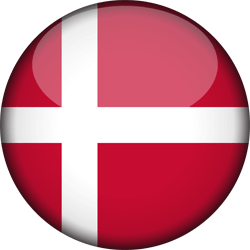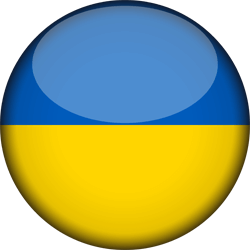Authors
Durazzo A., Lisciani S., Camili E., Marconi S., Gabrielli P., Gambelli L., Aguzzi A., Gambelli L., Lucarini M., Marletta L (CREA (Council for Agricultural Research and Economics) – Food and Nutrition)
Abstract
Nowadays, the concept of “optimal nutrition”, is leading researchers to study not only the nutritional properties and roles of individual components or of food simples, but also their combination in dishes, meals and diets. Italy is extremely rich in traditional foods and dishes, and their production has been passed from generation to generation, thus playing an important role within local cultures. Efforts have been increasingly made to analyze the nutritional composition of traditional dishes both to know more what we eat and to include them in national Food Composition DataBase (FCDB) (1, 2).
Objectives
This work aims at evaluating the nutritional composition, their coverage for Dietary Reference Values (DRVs) in Italian population, and the antioxidant properties of some popular dishes commonly consumed and representative of the traditional cousin, for a better understanding of their nutritional role. Material and Methods. The chosen dishes were: spaghetti alle vongole (spaghetti with claims), pasta alla carbonara (pasta with eggs, bacon and parmesan), pasta alla amatriciana (pasta with tomato, cured pork cheek and pecorino cheese), pomodori al riso (rice-stuffed tomatoes), gateau di patate (potatoes pie), carciofi alla romana (stuffed artichokes), pan di spagna (sponge cake), torta di mele (apple cake). Every recipe was prepared in duple according to traditional cooking techniques in a dedicated lab-kitchen following standardized protocols (recipe, ingredients and preparation). Only pomodori al riso dishes were purchased from different take-away points. Chemical parameters (protein, fat, ash, carbohydrates, dietary fibre) were evaluated by the AOAC Official Methods. Antioxidant properties by FRAP (Ferric Reducing Antioxidant Power) and Total Polyphenol Content (TPC) were determined in aqueous-organic extracts and in the corresponding residues.
Main finding
Results showed that chemical composition and energy value varied extensively because of the variety, the type and amounts of ingredients in the analyzed dishes, and thus defined different daily nutrient intakes and their association with health effects. Regarding antioxidant properties, for all dishes, except the carciofo alla romana, the hydrolysable polyphenols (residues) were major contributors to the total antioxidant activity. The carciofo alla romana dish reached the highest FRAP value (87.46 µmol/g FW) in aqueous-organic extract, while other recipes were within the lower range (1.27-6.25 µmol/g FW). In residue the values range from 10.53 to 62.48 µmol/g FW.
Conclusion
Our findings thus provide knowledge of the nutrient profile of some Italian traditional dishes and contribute to updating the Italian Food Composition Database, also by means of values for their antioxidant properties. The availability of these new and suitable food composition data will also facilitate further nutrition-related studies and will likely encourage the consumption of dishes rich in key nutrients and bioactive molecules.
Keywords:
- Nutrient profiling
- Consumption frequency
- Portion size
 QUADRAM – Quadram Institute Bioscience, UK
QUADRAM – Quadram Institute Bioscience, UK

 ANSES – French Agency for Food, Environmental and Occupational Health & Safety, France
ANSES – French Agency for Food, Environmental and Occupational Health & Safety, France
 HHF – Hellenic Health Foundation, Greece
HHF – Hellenic Health Foundation, Greece

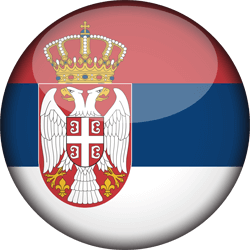 IMR – Institute of Medical Research, University of Belgrade, Republic of Serbia
IMR – Institute of Medical Research, University of Belgrade, Republic of Serbia
 BEDCA/University of Cordoba, Spain
BEDCA/University of Cordoba, Spain
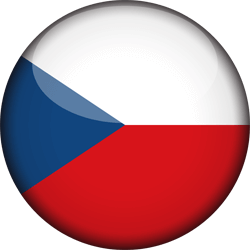 IAEI – Institute of Agricultural Economics and Information, Czech Republic
IAEI – Institute of Agricultural Economics and Information, Czech Republic
 Food Standards Australia New Zealand
Food Standards Australia New Zealand
 BIOR – Animal Health and Environment, Latvia
BIOR – Animal Health and Environment, Latvia
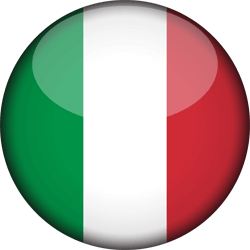
 Plant & Food Research – Institute for Plant & Food Research Limited, New Zealand
Plant & Food Research – Institute for Plant & Food Research Limited, New Zealand
 MRI – Max Rubner Institute, Germany
MRI – Max Rubner Institute, Germany

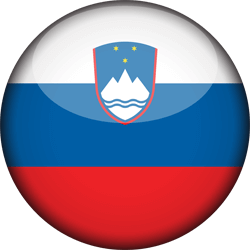 JSI – Institut Jozef Stefan, Slovenia
JSI – Institut Jozef Stefan, Slovenia

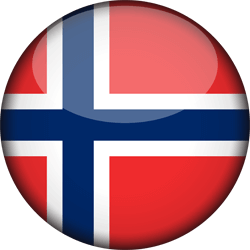 NFSA – The Norwegian Food Safety Authority, Norway
NFSA – The Norwegian Food Safety Authority, Norway
 NFA – Swedish National Food Agency, Sweden
NFA – Swedish National Food Agency, Sweden
 NUBEL – Nutrienten Belgie vzw, Belgium
NUBEL – Nutrienten Belgie vzw, Belgium
 RIVM – Institute of Public Health and the Environment, The Netherlands
RIVM – Institute of Public Health and the Environment, The Netherlands
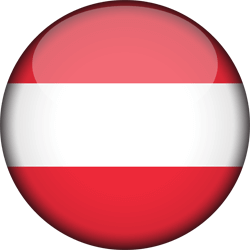 UVI – University of Vienna, Austria
UVI – University of Vienna, Austria



